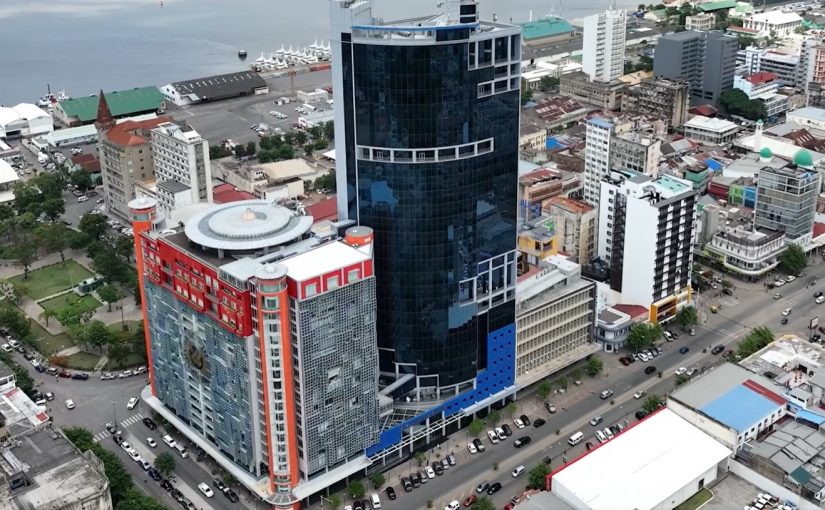Mozambique: Major facelift planned for Ressano border with South Africa
Mozambique: Banks’ mandatory reserves fall 4.3% in May

File photo: Banco de Moçambique
Mozambican banks’ mandatory reserves, based on deposits, fell 4.3% in May, to 217.523 billion meticais (€2.9 billion), a 25% decline since December, according to official data.
According to data from statistical central bank reports, these mandatory reserves at the Bank of Mozambique are still far from the all-time high reached last December of 291.457 billion meticais (€3.886 billion), immediately before these restrictions were eased.
In April, the volume of these reserves had risen to 227.373 billion meticais (€3.032 billion).
The Bank of Mozambique sets the required reserves for commercial banks at 10.5% in local currency and 11% in foreign currency at the beginning of January 2023. In the first six months of that year, these ratios were increased twice to “absorb excess liquidity in the banking system, potentially generating inflationary pressure”.
The last of these increases occurred in June 2023, reaching 39% of deposits in local currency and 39.5% in foreign currency held in bank reserves.
Since the end of December 2022, when reserves stood at 62.144 billion meticais (€829 million), the volume of bank reserves held by the central bank by the end of 2024 had increased by almost 400%.
Faced with a shortage of foreign currency in the domestic market, Mozambican businesspeople have insisted in recent months on the need for the central bank to ease the required reserve ratios in foreign currency.
This decision was only made on January 27 of this year, when the Monetary Policy Committee (CPMO) of the Bank of Mozambique decided to cut the required reserve ratios in local currency to 29% and in foreign currency to 29.5%.
“Aiming to provide more liquidity to support the economy in restoring productive capacity and the supply of goods and services,” the relevant CPMO meeting statement read.
Meanwhile, the governor of the Bank of Mozambique, Rogério Zandamela, stated on March 26 that liquidity in the financial system, particularly in foreign currency, was sufficient, following the January reduction of the ratios, which he does not plan to repeat for now.
“At this moment, we are comfortable with the existing liquidity level in the system. There is no need to touch structural liquidity by changing the required reserves. We will maintain them. The ratios are not something to be trifled with,” the governor said in response to journalists’ questions at the end of the last CPMO meeting.
At its March and May meetings, the CPMO cut interest rates again, but kept the mandatory coefficients unchanged, with Rogério Zandamela insisting that the measure adopted at the previous meeting “freed up a lot of liquidity”.












Leave a Reply
Be the First to Comment!
You must be logged in to post a comment.
You must be logged in to post a comment.